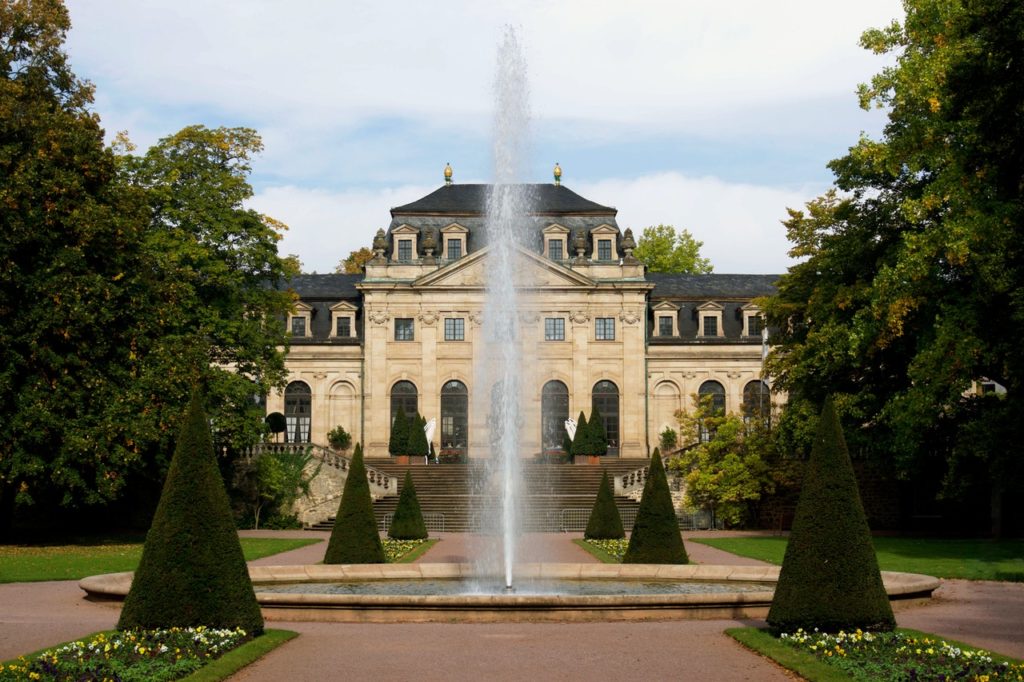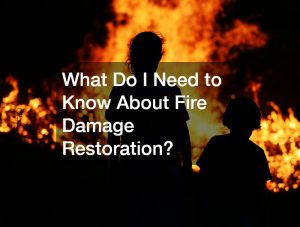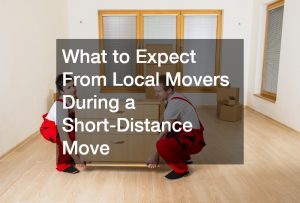Many people are constantly looking to buy a home and settle down in the suburbs. One of the crucial things you’re considering, though, is the size of the house. So it won’t be surprising if you find yourself looking into McMansions in the suburbs.
“McMansion” is one of the buzzwords thrown around in the real estate and construction industries. Some of the people in those industries like McMansions. But some are truly repulsed by them. One of such people is Kate Wagner. She hates McMansions so much started the popular blog, McMansion Hell, and had a TED talk about it.
But, much like any house out there, living in a McMansion has its pros and cons. Knowing its evolution and people’s perception of it will help you decide if they’re worth investing in or not.
What is a McMansion?
The first thing that you must understand is what makes a house a McMansion. Their most defining feature is their size. They’re often 3,000 to 5,00 square feet. They also have complete and useful features that a lot of houses don’t have. Most McMansion owners have stormwater grates at home to regulate the flow of water and avoid puddles and, at worst, flooding. They also have massive fireplaces that can heat expansive rooms with no problems.
Despite these qualities, Wagner believes that McMansions have terrible craftsmanship. They are not built to last a long time. It’s because they’re often made of cheap materials. Examples are stucco finishes on the houses’ exteriors and vinyl siding. They also have superfluous construction details, such as large columns that aren’t actually needed to support the upper floor.

Pre-2008 Housing Crisis
McMansions came at high prices and are located in posh neighbourhoods. As such, they were often regarded as a status symbol for the upper-middle-class homeowners. It showed that people who lived in these houses lived in financial prosperity.
Because the McMansions were a top choice for homebuyers, the construction industry took advantage of this. They built more houses in suburban areas. They’re even often mass-produced through neighbourhoods with identical designs. This explained the meaning behind its name.
According to Brian Miller, a sociology professor, putting “Mc” in names suggests the standardisation of things. Thus, it makes them bland and uninspiring. Despite this, people were eager to buy their own homes. This created the housing bubble wherein most financially-able people invested in houses. However, in the late 2000s, the bubble burst, leading to a cascading effect on the economy and people’s everyday lives.
Post-2008 Housing Crisis
The Great Recession of 2008 created a jarring decline in economic activity. It was the worst economic crisis after the Great Depression in the early 1930s.
Because people are eager to buy homes, especially McMansions, the prices for homes rose. A lot of people were also known to practice unrestricted lending that led to their massive debt. Because of this, people’s perception of McMansions changed. They were viewed as the symbol for someone living a lifestyle that they can’t actually afford–thus, burying them in debt.
Following the bubble burst and economic decline, people lost their homes. Others found that the value of their homes dropped.
Why People Hate McMansions (Or Love to Hate Them)
Most of the people who love to criticise McMansions are experts in construction and architecture. They are the ones who could easily spot McMansions’ flaws.
Apart from the useless columns and cheap materials, they also have other ridiculous qualities. They have windows in odd places around the house. Some of them are even completely blocked and used only for aesthetic purposes. The foyer and the rooms have overly grand entrances. Some terraces are too narrow to stand on.
Size is also another reason why people don’t like McMansions anymore. Before, the size was part of their appeal. But now studies have shown that people aren’t happier in bigger homes. It’s more difficult to interact with their families. They also have bigger expectations for the houses’ upkeep.
On the outside, McMansions certainly have their appeal. They seem like the type of home that big families build their lives in. Living in cramped and overpriced apartments in the city are losing their appeal. So more people, especially millennials, are eager to move into bigger homes in the suburbs. This leads to the comeback of McMansions. Yes, these houses have flaws in their construction. But perhaps you could easily live past that and enjoy the home for all of its imperfections.











